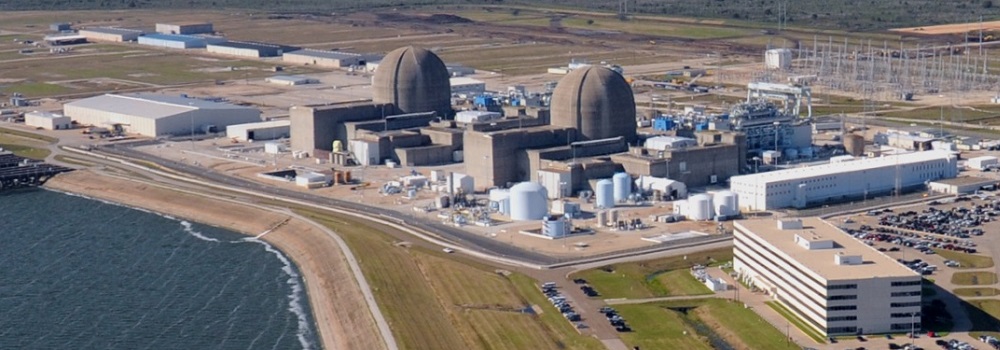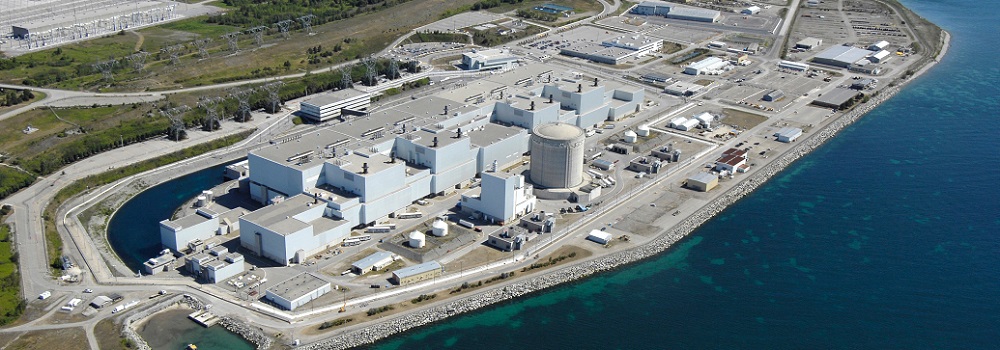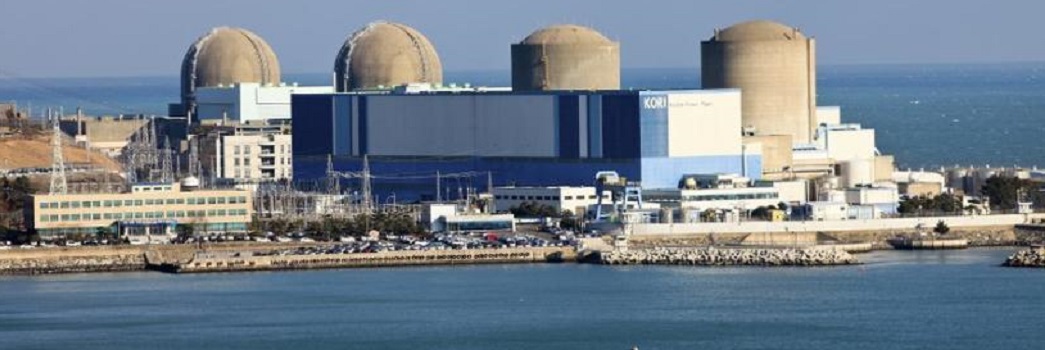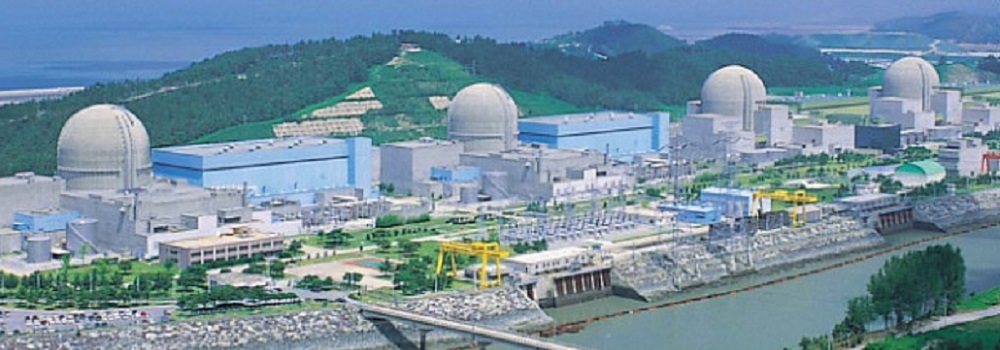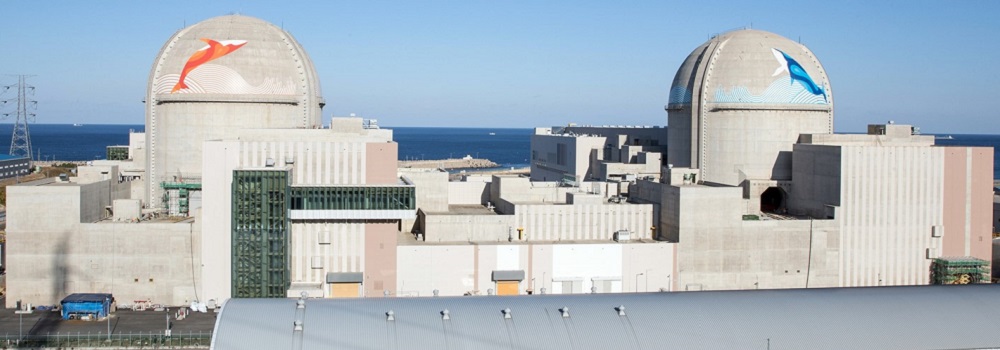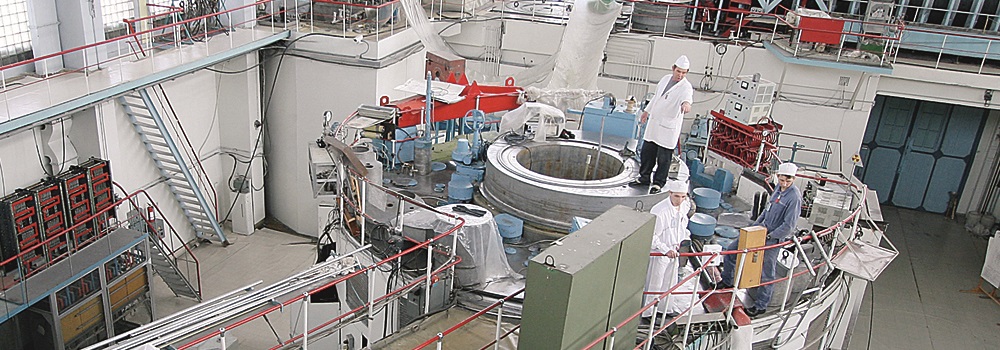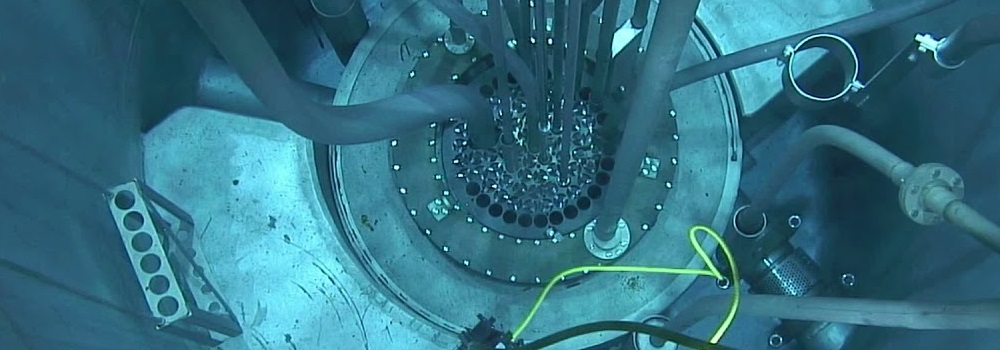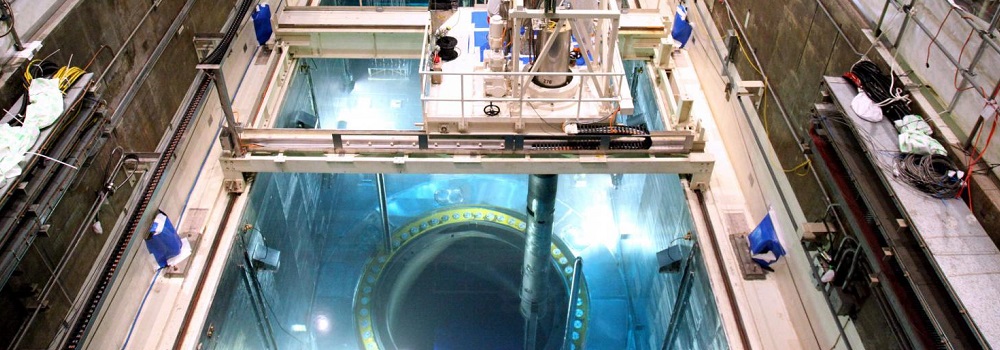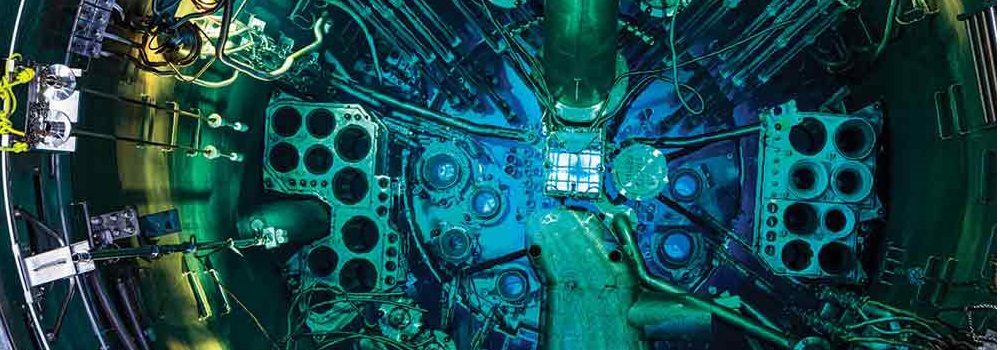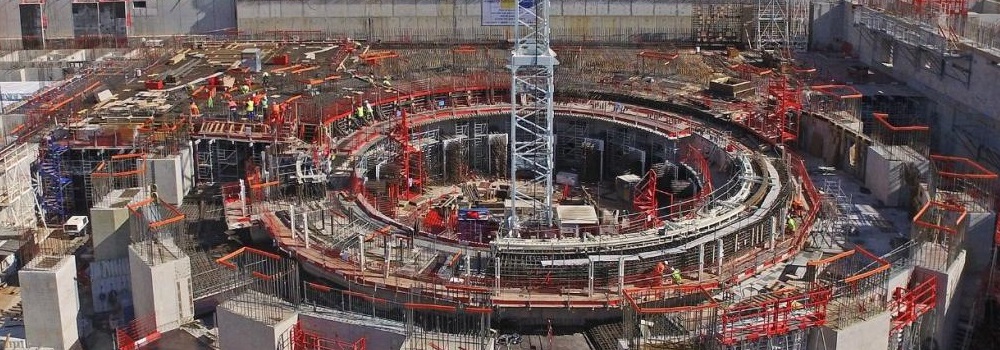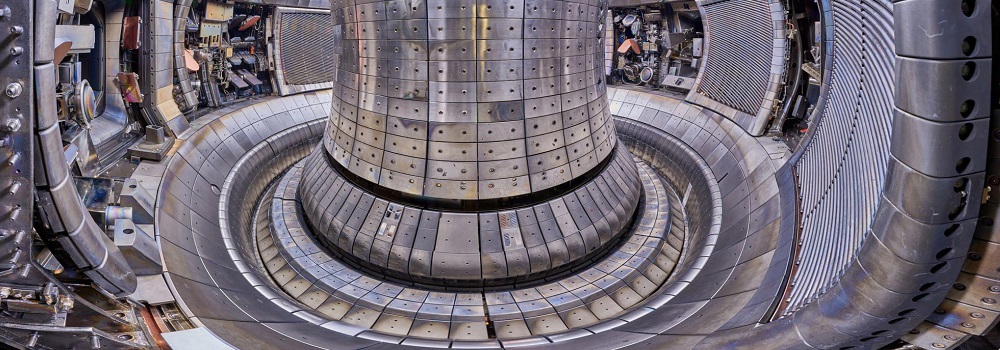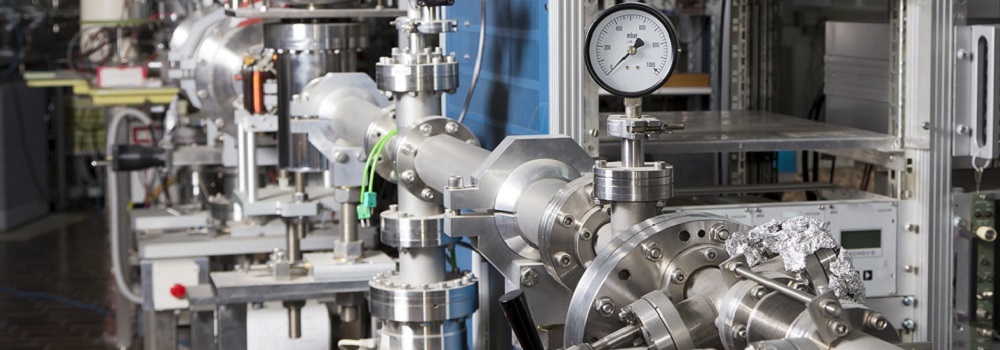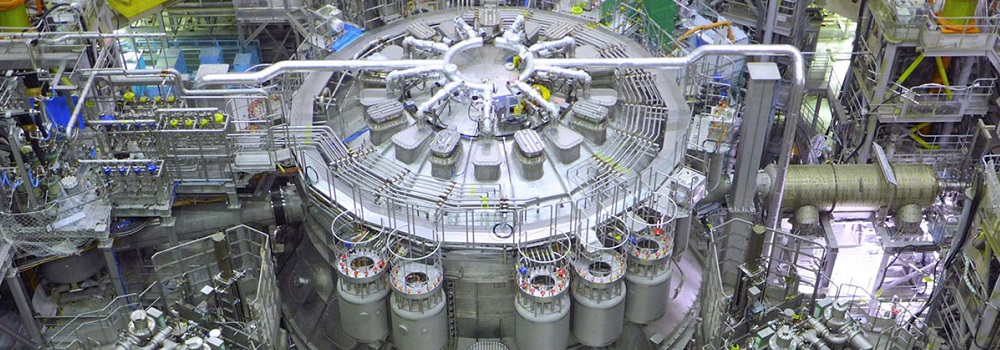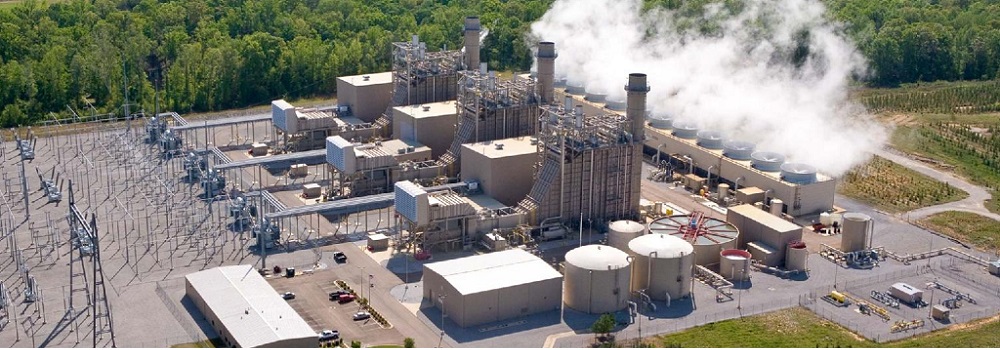Nuclear Licensing
Introduction
All engineering structures, devices, buildings, bridges, dams, vehicles, manufacturing plants, electrical machinery, and so on-inherently present some element of risk to their owners or operators and to the public at large. Nuclear power plants are no exception in this regard. However, at times, the risk attached to the production of electricity using nuclear reactors has been unduly exaggerated, in some measure because of an innate fear of nuclear radiation on the part of the public, and also because of the memory of the awesome effects of the nuclear weapons employed in World War II.
In fact, the risks from nuclear power are extremely low when compared with risks commonly accepted in other forms of human endeavor. To date, the safety record of the nuclear power industry has been exceptional. This is the result of the recognition by both industry and government of the central role that safety must play in the design and operation of every nuclear installation. In terms of current technology, nuclear power is one of the least, environmentally harmful ways of producing large amounts of electrical power.
The ultimate responsibility for protection of the public in any country rests with the local, State and national government. The manner in which this responsibility is exercised in the case of nuclear energy varies somewhat from country to country. The present discussion is confined to procedures currently in effect in the United States. The main subject of discussion, in regards to Nuclear Licensing will be centered on 10-CFR-50. More specifically on Appendix A to Part 50—General Design Criteria for Nuclear Power Plants. The sixty, or more requirements, outlined in this appendix form the basis of the regulatory environment pertaining to a nuclear power plant.
1. The Nuclear Regulatory Commission: In the United States, the authority for federal government involvement in and regulation of any activity originates in acts of Congress. The first legislation related to the development and regulation of nuclear energy was the Atomic Energy Act of 1946, also known as the McMahon Act. This act was greatly expanded by the Atomic Energy Act of 1954. Both acts established a five-man Atomic Energy Commission and spelled out in some detail the mandate of the Commission in nuclear matters. In general terms, the Acts also provided for the establishment of an organization or agency-loosely called the "AEC" to distinguish the agency from the five-man Commission-to carry out the various functions of the Commission, including "the regulation of the production and utilization of atomic energy and the facilities related thereto."
The Atomic Energy Act of 1954 also stated that "it is the purpose of this Act to effectuate a program to encourage the widespread participation in the development and utilization of atomic energy " This provision of the Act was increasingly criticized over the years for placing the Commission in the position of being simultaneously the promoter and regulator of nuclear energy, roles that conceivably could conflict with one another. To correct this situation, Congress enacted the Energy Reorganization Act of 1 974. This act (1) abolished the Atomic Energy Commission; (2) consolidated into a new agency, the Energy Research and Development Administration (ERDA), the research and development activities of the AEC and several other government agencies; and (3) transferred to a new Nuclear Regulatory Commission (and its agency, the NRC) all of the licensing and regulatory functions previously performed by the AEC.
In 1977, in an effort to further consolidate the energy programs of the federal government, Congress merged ERDA and several other energy-related agencies into a new, Cabinet-level Department of Energy (DOE). The structure and functions of the NRC were not affected by this reorganization. The NRC remains an independent agency, not included within DOE. Thus, federally sponsored research and development programs in nuclear energy are carried out under the auspices of the DOE. The NRC continues to license and regulate nuclear activities in the United States under the provisions of the 1954 and 1974 Acts, as amended. It also sponsors research in support of these activities.
Like most acts of Congress, the 1954 and 1974 Acts are written in general terms. In order to specify in detail how it conducts its business, the NRC promulgates its own rules and regulations. These become part of the Code of Federal Regulations (CFR), a master manual for the operations of the executive departments and agencies of the federal government. These regulations have the force and effect of law.
2. The Code of Federal Regulations (CFR): The code is divided into 50 sections called titles, each of which represents a broad subject area of federal regulation. Each title, in turn, is divided into chapters, which usually bear the name of the issuing agency. Title 10, Chapter I , is reserved for the regulations of the NRC. Each chapter of the CFR is further subdivided into parts covering specific regulatory areas. For example, Part 20 of Title 10 establishes standards for radiation protection; Part 50 gives the regulations whereby the Commission licenses reactors; and so on. At the time of this writing, there are 37 parts (not numbered consecutively) to Title 10.
Each part of Title 10 is denoted in abbreviated form, as in 10 CFR 20, 10 CFR 50, etc. Specific paragraphs or topics within each part are also numbered. For example, 10 CFR 20.4 defines units of radiation dose; 10 CFR 50.34 describes the technical information that must be furnished to the NRC by an applicant for a reactor license.
In addition to the regulations published in 10 CFR, the NRC occasionally issues Regulatory Guides. The purpose of these guides is to ( 1 ) describe the methods the NRC regulatory staff finds acceptable in implementing the regulations contained in 10 CFR; (2) discuss the techniques used by the staff in evaluating specific problems or postulated nuclear accidents; and (3) provide general guidance to applicants for NRC licenses. The guides are not substitutes for the regulations, and compliance with them is not required. However, from a practical standpoint, they are becoming an increasingly important part of the overall NRC regulatory process.
3. Reactor Licensing: The responsibility of the NRC for the regulation of nuclear energy extends over the whole fuel cycle, from the mining and processing of uranium ore through the utilization of the fuel in reactors, the transportation and reprocessing of spent fuel, and, finally, the disposal of radioactive wastes. The present discussion is largely restricted to the regulation of nuclear power plants.
NRC regulatory authority is implemented through the issuance of various licenses. Considerable effort is normally required, both by the applicant for a reactor license and by the NRC, before any license is issued. Although the granting of an NRC license is usually considered to be the major licensing action in the case of a nuclear power plant, all the various permits and licenses issued by other federal, state, and local authorities for construction of ordinary fossil fuel plants must also be secured. Often, this entails 40 or more separate licensing actions. As a result, resolution of licensing problems associated with the permits or licenses needed to construct or to operate nuclear power plants usually requires several years. Several groups within the NRC are involved in reactor licensing, including the following:
4. Regulatory Staff: The NRC staff is divided into a number of separate offices that perform specially assigned functions within the organization. In practice, an applicant proposing to build a nuclear plant interacts primarily with staff members in the Office of Nuclear Reactor Regulation (NRR) and the Office of Inspection and Enforcement (IE). NRR personnel perform all the licensing functions associated with the construction and operation of nuclear reactors and with the receipt, possession, ownership, and use of nuclear fuel at these facilities. NRR staff reviews applications and issues licenses for reactor facilities after evaluating the health, safety, and environmental aspects of the facilities. NRR is also responsible for the licensing of reactor operators.
When a plant reaches the construction stage, IE personnel inspect the project on a continuing basis to assure that the plant is constructed according to the NRC construction permit and related specifications. Later, when the plant is operational, other IE personnel monitor its operations to see that these are carried out in keeping with the provisions of the operating license.
5. Advisory Com mittee on Reactor Safeguards (ACRS): This committee, which consists of a maximum of 15 members, was established by Congress in 1957, in an amendment to the Atomic Energy Act of 1954, to review all power reactor license applications with regard to potential hazards and to report thereon to the Commission. The members of ACRS are not regular employees of the NRC.Regulatory Staff.
6. Atomic Safety and Licensing Boards (ASLB ): These boards conduct hearings and make decisions with respect to the granting, suspending, revoking, or amending of any license authorized by the Atomic Energy Act. Each board consists of three members. One member (usually an attorney) must be qualified to conduct a hearing and serves as the chairman of the board. The other two members are drawn from the ranks of technology. (Because of the increasing importance of environmental questions in power plant hearings, one of the two technical members of the board is frequently a life scientist of one type or another.)Advisory Com mittee on Reactor Safeguards (ACRS).
7. Steps in Licensing: The NRC has adopted two different approaches to the licensing of nuclear power plants. The original method was derived from the Atomic Energy Act of 1954. This process involves a construction phase and an operating phase. Under this approach, before a reactor can be built at a particular site, a construction permit (CP) must be obtained from the NRC. Before the reactor can be operated, an operating license (OL) must be obtained. The licensing process is thus divided into two stages, nonnally referred to as the CP stage and the OL stage. A long sequence of steps, which have become formalized in NRC procedures, are involved in each stage. In condensed form, these steps are as follows:
7.1. Informal Site Review: The selection of the site for a nuclear power plant is the responsibility of the applicant proposing to build the plant. However, the NRC must ultimately approve the site, on the basis of criteria to be discussed in this document. Once a site has been selected, the applicant is encouraged, but not required, to ask the NRC for an informal review of the site before proceeding with a formal application for a license. In the Environmental Report, the applicant must compare the merits of at least two alternate sites.
7.2. Application for License: The applicant files an application with the NRC for an operating license for the facility, although at this stage, only a construction permit can be received. The application contains such information as the names and addresses of the major officers of the applicant's organization, the state of incorporation, evidence of financial qualifications to undertake the project, and so on. The information required for an application is given in 10 CFR 50.33.
In support of the application, the applicant must submit technical information, appropriate data for antitrust evaluation, and an environmental report. The largest and most difficult items to prepare are the following two documents: the Preliminary Safety Analysis Report (PSAR) and the Applicant's Environmental Report (AER).
The PSAR is a major technical document, usually on the order of five volumes in length. The required content in a PSAR is specified in 1 0 CFR 50.34 and Regulatory Guide 1 .70. Roughly speaking, the PSAR contains comprehensive data on the proposed site; a description of the proposed facility, with special consideration of safety-related features ; a discussion of hypothetical accident situations and their consequences ; a preliminary plan for the organization of personnel at the facility and for the conduct of operations; and plans for coping with emergencies.
The requirement for the submission of the AER stems from the National Environmental Policy Act of 1969 (NEPA, Public Law 9 1-190, 1970). According to this Act all agencies of the Federal Government shall include in every recommendation for major Federal actions significantly affecting the quality of the human environment, a detailed statement by the responsible official on:
1.1.3.2.1: the environmental impact of the proposed action
1.1.3.2.2: any adverse environmental effects which cannot be avoided should the proposal be implemented
1.1.3.2.3: alternatives to the proposed action
1.1.3.2.4: the relationship between local short-term uses of man's environment and the maintenance and enhancement of long-tenn productivity
1.1.3.2.5: any irreversible and irretrievable commitments of resources which would be involved in the proposed action should it be implemented.
The issuance of a construction pennit or operating license by the NRC is a "major Federal action," and, accordingly, the NRC requires each applicant to submit the Applicant's Environmental Report (AER), from which the NRC prepares its Environmental Statement, discussed next. The contents of the AER are based largely on items (1) through (5), together with evidence that the proposed facility complies with various environmental standards and regulations. The detailed content of an AER is given in 10 CFR 51 and Regulatory Guide 4.2.
Once the application and its supporting documentation have been received, checked for completeness, and accepted ("docketed"), the NRC publishes a notice of its receipt in the Federal Register and places copies of all the documentation and correspondence in Public Document Rooms in Washington, D.C., and in the locale of the proposed plant. Simultaneously, copies of the documentation are distributed to members of the ACRS and to cognizant members of the NRC regulatory staff. The applicant is required to serve a copy of the application and supporting documents on the chief executive of the municipality or county in which the facility is to be built and to notify the chief executives of municipalities or counties that are identified as locations of alternative sites.
1.1.4: Review by Regulatory Staff
The NRC regulatory staff reviews the applicant's documentation to detennine whether the facility can be constructed without undue risk to the health and safety of the public and without unacceptable environmental impact. If, in the opinion of the staff, some aspect of the facility is unacceptable, the applicant is requested to make the necessary modifications. If the applicant cannot or will not do so, the conflict in views must be resolve prior to issuance of the construction permit or operating license. In the extreme case, the application could be denied by the Commission. Following the review of the applicant's documentation, the staff then issues a Safety Evaluation Report (SER), which summarizes its findings and its conclusion that the facility can, in its judgment, be constructed without undue risk to the health and safety of the public. The staff also conducts a review of the AER (this is called the NEPA review), and issues a Draft Environmental Statement (DES), summarizing the results of its evaluation of the environmental impact of the plant. The DES is then circulated to other federal, state, and local government agencies concerned with environmental matters for their comment or corroboration. Subsequently, the staff issues its Final Environmental Statement (FES), incorporating these comments and issues its conclusions.
1.1.5: Review by ACRS (Advisory Committee on Reactor Safegaurds
The documentation pertaining to the application is first assigned to a subcommittee of ACRS members. When the subcommittee has completed its review, and usually after the NRC staff has issued its Safety Evaluation Report (SER), the full committee considers the project. Under its present charter, the ACRS is not responsible for reviewing the environmental impact of the proposed facility. The findings and recommendations of the committee are reported by letter to the chairman of the commission.
Following the meetings of the ACRS, the regulatory staff issues a Supplement to the Safety Evaluation Report (SSER). This supplemental report addresses any safety issues raised by the ACRS and includes any new information that has become available since the issuance of the SER.
1.1.6: Public Hearings
After the staff's FES and SSER and the ACRS letter have been issued, a public hearing is held before an Atomic Safety and Licensing Board to consider whether the Commission should issue a CP. Public notice of these hearings, which are held in the vicinity of the proposed site, is issued and sent to local news media.
According to the provisions of the 1954 Act, any person whose interests may be affected by issuance of the CP may intervene in and become a party to the proceedings. To do so, the person must file a petition identifying what aspect of the project to be intervened in and explaining the interest and the basis of the contentions. The Atomic Safety and Licensing Board Panel (ASLB) receives comments on the intervenor's petition from the regulatory staff and the applicant. If it then rules in favor of the intervention, the hearings are said to be contested.
The public hearings may be carried out in two stages. First, hearings are held to consider environmental and site-related issues. If, at the conclusion of these hearings, the Board determines (1) that the plant can be constructed without undue harm to the environment and (2) that there is reasonable assurance that the site is a suitable location for the plant, the Board may provide the applicant with a Limted Work Authorization (LWA). The LWA permits the applicant to begin preparation of the site for construction of the facility, including erection of construction support facilities, excavation for plant structures, construction of roadways and railroad spurs, installation of lighting and sewage systems, and other site-related matters. Following the environmental hearings, the Board holds hearings on the safety-related issues concerning the plant.
In uncontested hearings, the applicant's testimony consists of the application and supporting documentation, including the PSAR, AER, and amendments, to each that inevitably are added during the course of the staff review. The staff's testimony includes its SER, SSER, and FES . In contested hearings, the applicant, the staff, and the intervenors provide additional testimony on points at issue. Courtroom-style adjudicatory procedures are followed, including the right of all parties to present and cross-examine witnesses.
At the close of the hearings, the Board considers the record that has been compiled, together with findings of fact and conclusions of law filed independently by the parties. The Board then issues what is known as its initial decision. If the decision of the Board is favorable and the hearings are uncontested, the NRC Director of Nuclear Regulation, acting for the Commission, issues a Construction Permit (CP) , and work can begin in earnest on the plant. Frequently, the CP is issued with conditions, based on issues that are not entirely resolved to the Board's satisfaction, but for which there is every reason to believe can be resolved at a later date.
Section Six: SMR Licensing
The major barrier to SMR adoption is the licensing process. Licensing of Nuclear Power Plants was developed for conventional, custom-built reactors, preventing the simple deployment of identical units at different sites. In particular, the US Nuclear Regulatory Commission process for licensing has focused mainly on conventional reactors. Design and safety specifications, staffing requirements and licensing fees have all been geared toward reactors with electrical output of more than 700MWe. With a sizable focus on large reactors, it is probable that many countries will have to adapt their policies to coincide with SMRs, which can be a costly and time-consuming process. The International Atomic Energy Agency has placed emphasis on creating a central licensing system for SMRs to ensure proper guidelines in the interest of overall public safety.
SMRs caused a reevaluation of the licensing process for nuclear reactors. One workshop in October 2009 and another in June 2010 considered the topic, followed by a Congressional hearing in May 2010. Multiple US agencies are working to define SMR licensing. However, some argue that weakening safety regulations to push the development of SMRs may offset their enhanced safety characteristics.
10 CFR Part 53 The NRC staff has recommending the addition of 10 CFR Part 53, "Risk-Informed, Technology-Inclusive Regulatory Framework for Commercial Nuclear Plants," (Part 53). The proposed rule offers a voluntary, performance-based alternative regulatory framework for licensing future commercial nuclear plants. In the context of this proposed rulemaking, future commercial nuclear plants, including non-light-water reactors (non-LWRs) and LWRs, would have the option to be licensed under Part 53.
Section Seven: Nuclear Proliferation
Nuclear proliferation, or the use of nuclear materials to create weapons, is a concern for small modular reactors. As SMRs have lower generation capacity and are physically smaller, they are intended to be deployed in many more locations than conventional plants. SMRs are expected to substantially reduce staffing levels. The combination creates physical protection and security concerns.


